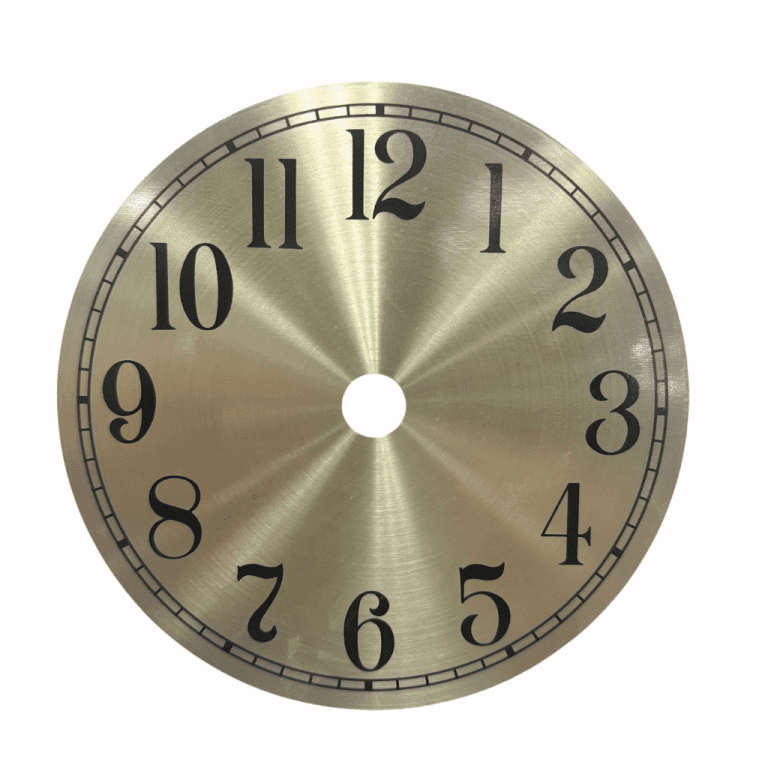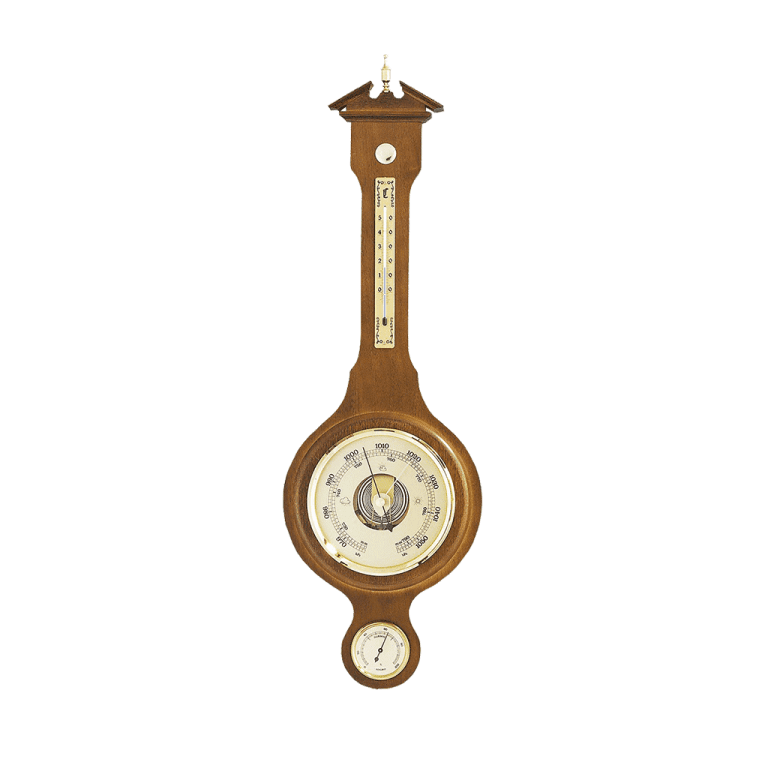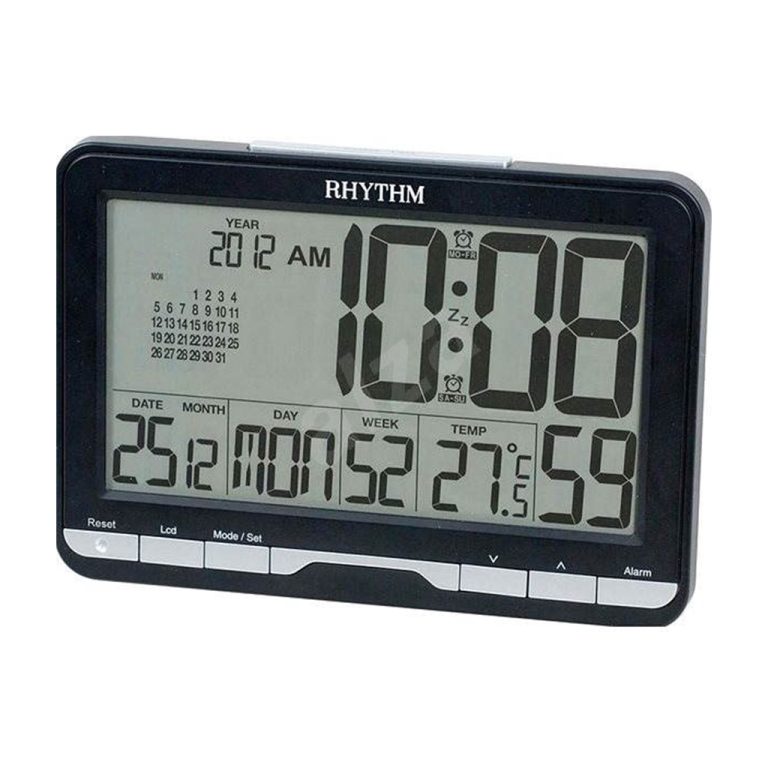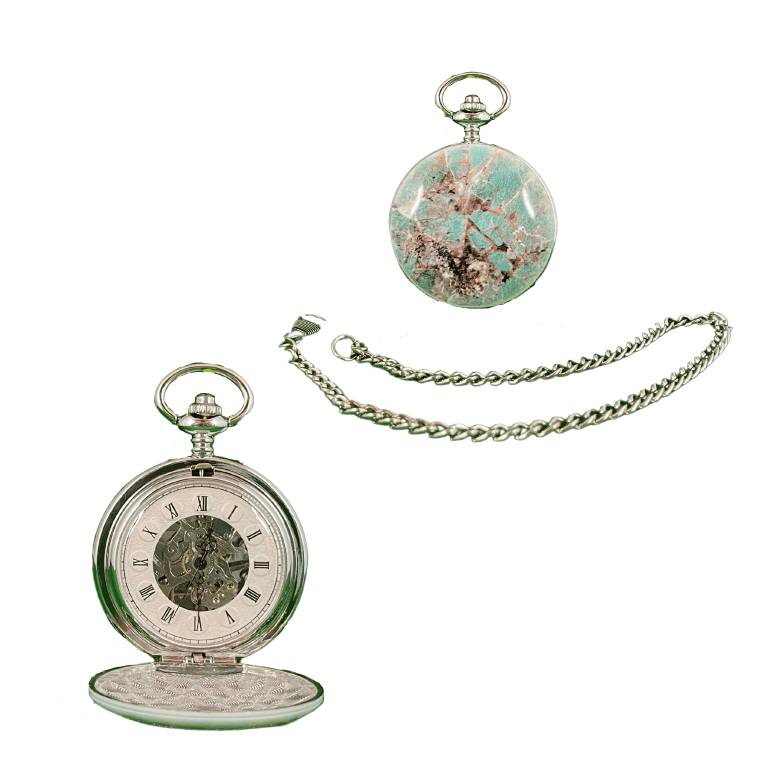Teaching children about clocks is an important step in developing their understanding of time, daily routines, and responsibility. While telling time can be challenging at first, using clear methods and fun activities makes the process both engaging and effective.
The first step is introducing children to the concept of time before diving into numbers. Parents and teachers can talk about daily routines, such as breakfast in the morning, school during the day, and bedtime at night. Linking activities to specific times helps children see how clocks relate to their own lives.
Next, children should become familiar with the parts of a clock. Pointing out the face, numbers, hour hand, and minute hand is essential. Using colorful teaching clocks with movable hands allows children to experiment hands-on, which is often easier to understand than just looking at a wall clock.
Practice should be gradual and fun. Start by focusing on the hour hand, teaching children to read times like 3 o’clock or 7 o’clock. Once they are confident, introduce the minute hand and explain how it moves around the clock. Games, flashcards, and songs can make this step enjoyable. For example, setting a clock to “lunch time” and asking a child to match it encourages learning through play.
Digital clocks should be introduced later, once children understand the basics of analog clocks. This ensures they grasp the idea of time passing, rather than just reading numbers. Parents can also reinforce learning by using everyday opportunities, such as asking, “What time does the clock show now?”
Patience and repetition are key. With consistent practice, children will gain confidence in reading both analog and digital clocks, developing a lifelong skill that helps them stay organized and independent.














